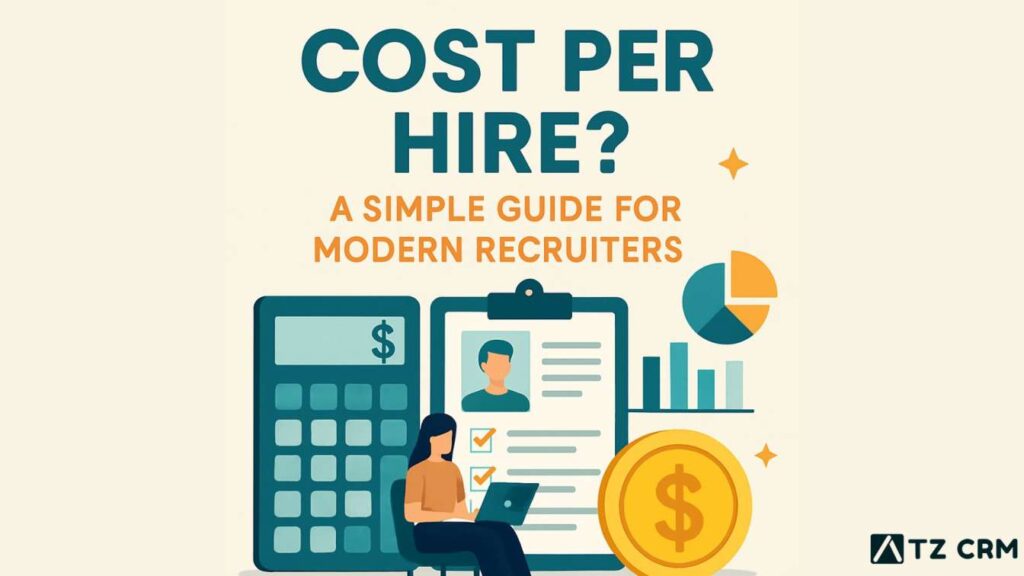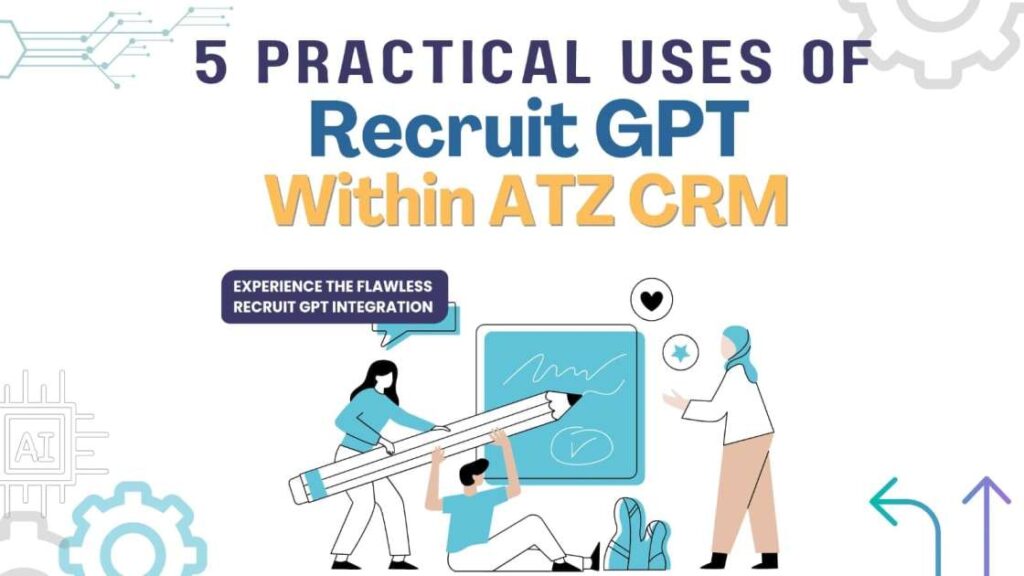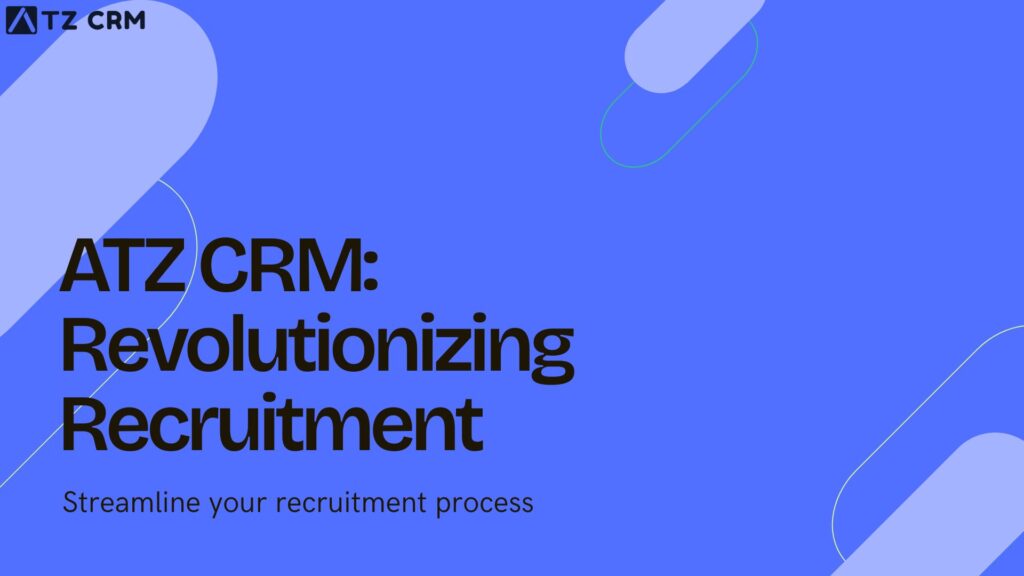Introduction
Cost per hire (CPH) is a critical recruitment metric used by HR teams to determine the total cost associated with hiring a new employee. This figure includes all internal and external costs involved in the hiring process, such as recruiter salaries, job board fees, recruitment tools, background checks, and onboarding expenses. CPH offers insight into the financial investment required to attract and secure talent, making it an essential tool for budget planning and recruitment strategy.
Tracking cost per hire is not just about cutting costs, it’s about understanding the return on investment (ROI) of your recruitment efforts. Knowing how much you’re spending per hire helps you manage HR budgets effectively, assess the efficiency of your hiring strategies, and identify areas for improvement. It also helps align recruitment goals with business objectives by providing data to support decision-making and workforce planning.
How to Calculate Cost Per Hire
The basic formula to calculate cost per hire is straightforward:
Cost per hire = (Internal recruiting costs + External recruiting costs) / Number of hires
Internal costs can include recruiter salaries, employee referral rewards, technology and software expenses, and in-house training. External costs cover job advertisements, agency fees, background checks, candidate travel, and event sponsorships. For example, if your company spent ₹2,00,000 on recruitment and hired 10 employees, your CPH would be ₹20,000 per hire.
Internal and External Costs Explained
Internal costs refer to the spending that comes from within the organization. This includes salaries of recruiters and HR staff, costs of applicant tracking systems (ATS), infrastructure costs, and time spent by team members involved in interviews or onboarding. External costs, on the other hand, come from outside vendors or services such as job portals, social media ads, recruitment agencies, candidate assessment tools, and third-party onboarding platforms. Calculating both accurately is essential for a reliable CPH value.
Related Blog: Discover 10 Free Most Powerful ATS for Small Businesses
Key Factors That Impact Cost Per Hire
Several variables can influence your CPH. The type of role being filled is a major factor technical and executive positions generally require higher costs due to specialized sourcing and longer timelines. The location of the hire also plays a role, as urban centers may demand higher salaries and advertising expenses. Additionally, the efficiency of your hiring process, the experience level of candidates, and the recruitment channels used (referrals vs agencies) can all impact your final CPH calculation.
Benchmarking Cost Per Hire
While there is no universal CPH value, benchmarks can provide useful context. For example, in India, cost per hire can range from ₹20,000 to ₹50,000 depending on industry and job role. Globally, studies suggest that the average cost per hire is between $3,000 and $5,000. However, benchmarks should be used as a reference point only, since every company’s hiring needs and processes are unique.
How Often Should You Track CPH?
CPH should be reviewed regularly ideally on a quarterly or biannual basis. It’s especially important to re-evaluate after major hiring campaigns, implementation of new HR technologies, or shifts in recruitment strategy. Ongoing tracking ensures your data remains accurate and actionable, allowing you to adjust your approach as needed and keep your budget under control.
Related Blog: The Best Bullhorn Alternative for Effortless Hiring
Balancing Cost with Quality of Hire
Reducing cost per hire should not come at the expense of quality. Hiring someone quickly and cheaply may save money initially, but it can cost much more in the long run if the hire turns out to be a poor fit. That’s why it’s essential to track quality of hire alongside cost per hire. The ideal strategy focuses on both efficiency and long-term value making sure new hires are productive, engaged, and retained.
Smart Ways to Reduce Cost Per Hire
There are many effective strategies to lower your CPH without sacrificing candidate quality. Start by building a strong employer brand and maintaining an active talent pipeline. Encourage employee referrals, which are often faster and more affordable. Use free or low-cost platforms like LinkedIn and social media for job postings. Leverage recruitment automation tools to reduce manual work. You can also improve your interview process and training to speed up hiring and reduce wasted time.
Investing in Recruitment Tools
Modern recruitment software like applicant tracking systems (ATS), video interview platforms, and AI-powered sourcing tools can streamline hiring and cut down on repetitive tasks. While these tools may seem expensive upfront, they often lead to lower long-term costs by reducing time to hire and improving recruiter productivity. In fact, investing in the right tools is one of the smartest ways to improve both CPH and hiring quality.
Cost Per Hire for Different Hiring Types
Your CPH can vary depending on the type of hire. For instance, full-time roles often incur more cost than part-time or contractual positions due to onboarding, benefits, and long-term investment. Similarly, hiring through a recruitment agency may be more expensive than direct hiring, but it could be justified for hard-to-fill roles. Knowing these differences helps you choose the right approach for each scenario.
Using CPH to Improve Your Strategy
When used correctly, cost per hire isn’t just a financial metric it becomes a strategic tool. It enables HR leaders to evaluate the ROI of different sourcing channels, justify recruitment budgets to management, and identify trends across departments or regions. CPH data can also be linked with other KPIs such as retention rate, performance, and onboarding time to build a holistic view of recruitment success.
Related Blog: The Ultimate Recruit CRM Showdown: Best ATS Ranked
Conclusion
Cost per hire is a vital metric for modern recruiters who want to make informed, cost-effective, and strategic hiring decisions. It provides valuable insight into how efficiently your recruitment process operates and helps you align your efforts with business goals. By understanding, tracking, and optimizing CPH, organizations can improve hiring quality, reduce unnecessary expenses, and stay competitive in the talent market.
Experience the full power of ATZ CRM with a free trial – no credit card needed!
Test all our features before making a commitment. Ready to see our ATS + CRM in action?


